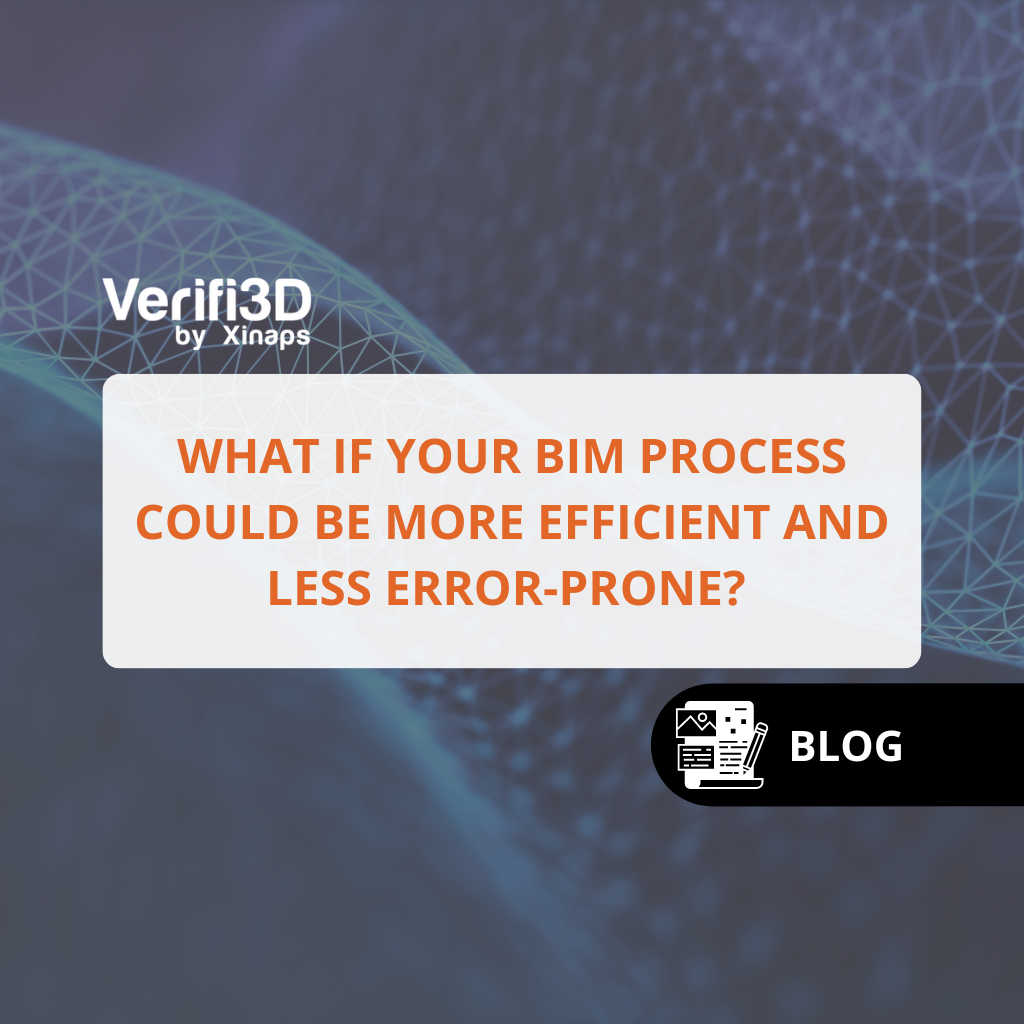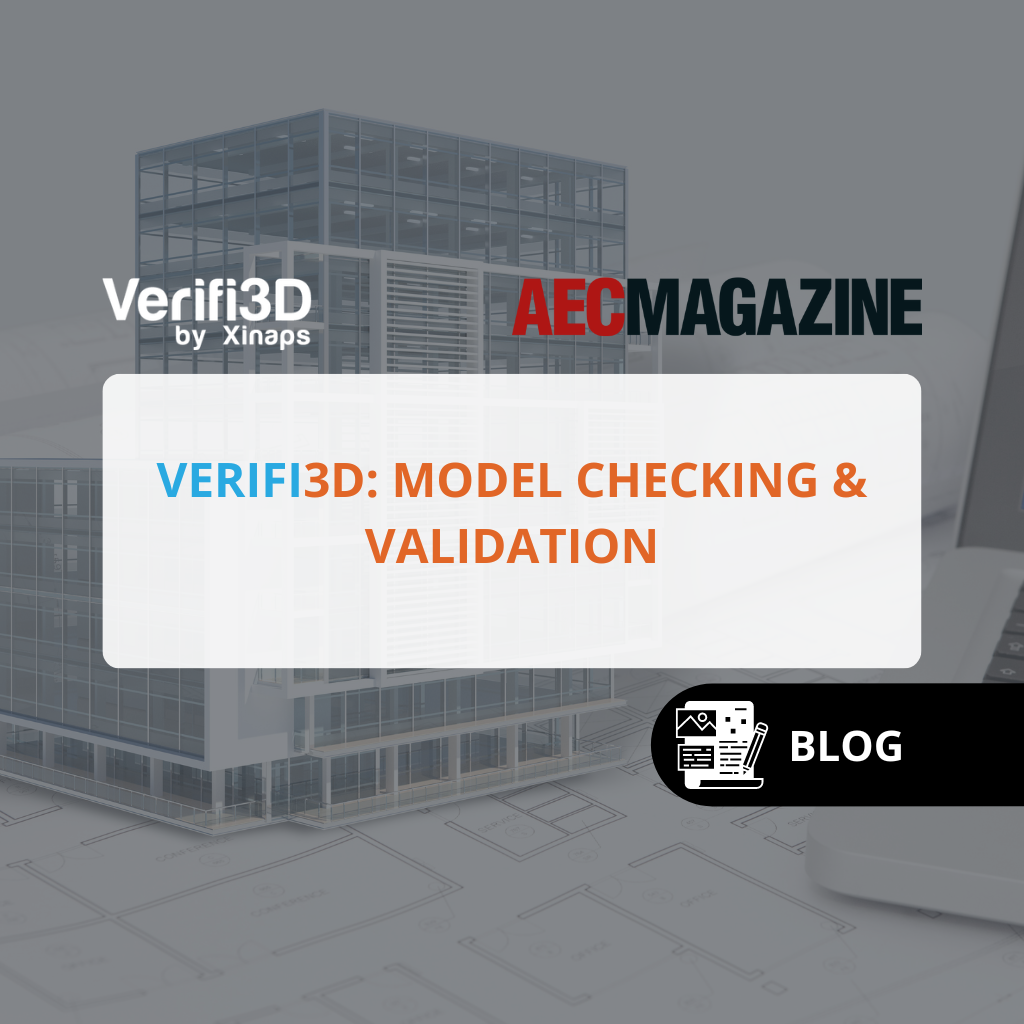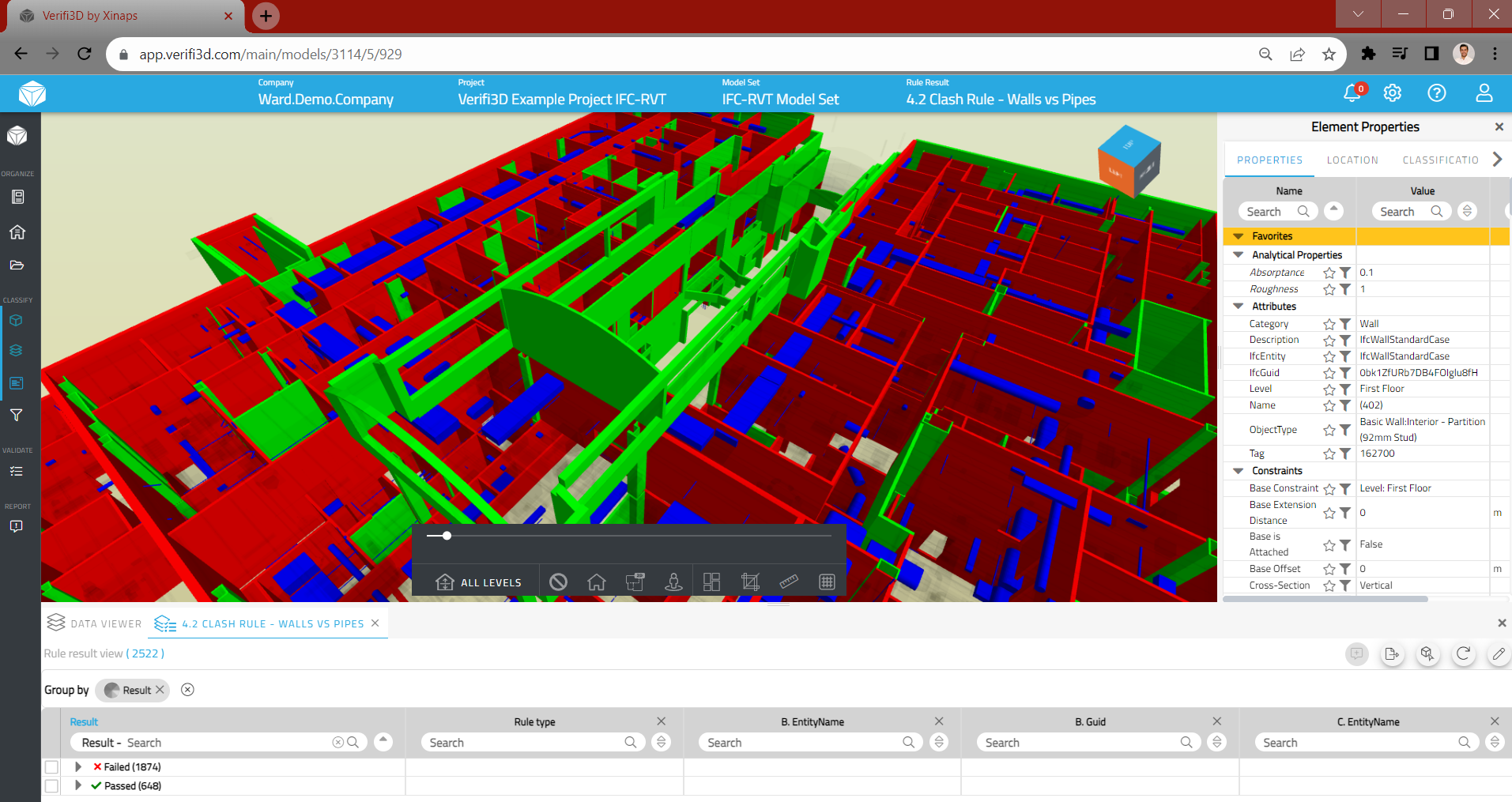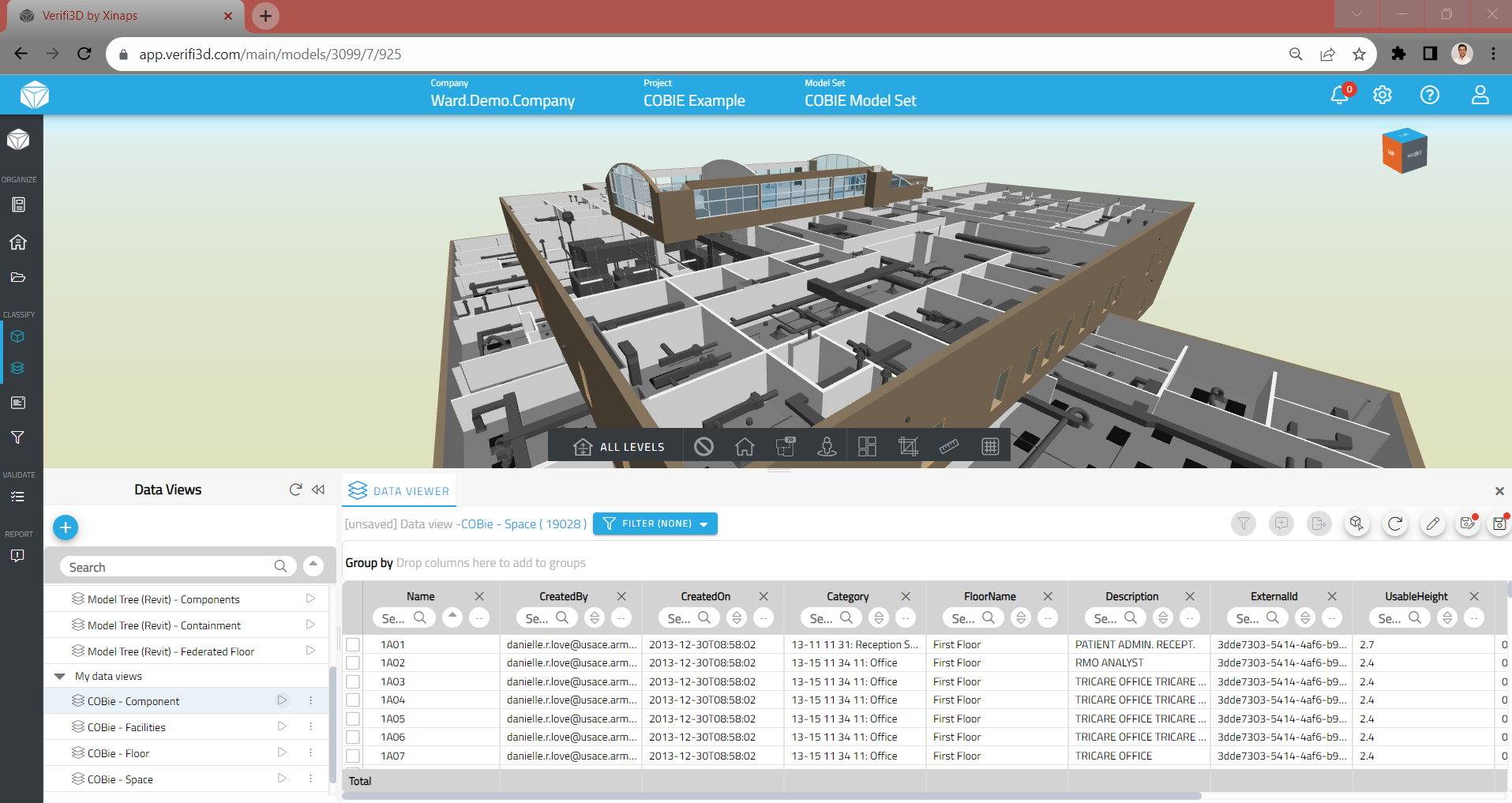
What if your BIM process could be more efficient and less error-prone?
If your company utilizes BIM for construction projects, you understand the critical importance of streamlined workflows in facilitating effective coordination among designers, engineers, and contractors. Efficient workflows are the foundation for minimizing errors and challenges during both the design and construction phases, leading to superior end results. While manual workflows involve sequential steps performed manually, automated workflows leverage tools and software to enhance efficiency, reducing the margin for error.
"This is how we do it."
Are your current BIM workflows truly optimized? Even if everything is running smoothly, there’s always room for improvement. Many companies hesitate to adapt their workflows due to the comfort of familiarity, and the prospect of transitioning to new tools can be met with suspicion. However, making the switch to a new BIM validation tool, such as Verifi3D, can bring about numerous benefits without causing significant disruptions to existing processes.
Verifi3D facilitates a seamless transition within your current workflow, integrating effortlessly with your existing tools and providing support to simplify the model-checking process. Here are five operationally compelling reasons why switching to a new BIM validation tool is unequivocally worthwhile:
- Standardization: Achieve streamlined verification processes through predefined templates and rules and ensure consistent and high-quality models. Verifi3D offers geolocation- and discipline-specific templates, automating model checking without a drastic disruption of your workflow. This results in enhanced consistency, precision, and a unified approach across teams, also internationally.
- Real-time Issue Resolution: Identify and resolve problems in real-time and foster improved communication that leads to faster issue resolution. Verifi3D facilitates real-time collaboration, allowing immediate solutions management, reporting, and assignment of issues. This accelerates the feedback and feedforward loops, reducing remedial work in the final build process and delivering a superior product.
- Automation of Control Processes: Automate clash checking to detect and resolve conflicts early in the design phase, saving significant extra costs. Verifi3D provides clash detection algorithms and variable checks, enhancing troubleshooting before the construction phase and improving overall model quality.
- Flexibility and Scalability: Integrate seamlessly with your existing Common Data Environments (CDEs) and issue trackers, ensuring flexibility and scalability. Verifi3D adapts to your current environment, promoting cross-party collaboration and efficient issue management.
- Working with Standards: Implement and enforce standardized controls, such as Construction Operations Building Information Exchange (COBie), Information Delivery Specifications (IdS), national standards, or custom sets, directly into your workflow. Verifi3D supports adherence to prescribed standards, reducing human errors early on and providing a common basis for project controls.
Make the switch effortlessly with Verifi3D!
Transitioning to this powerful software does not have to be complicated; it is about enhancing your work with a tool that simplifies and improves your processes. Xinaps, the developer of Verifi3D, is ready to support your journey without the need for a complete system overhaul. You can maintain your existing standards while benefiting from enhanced efficiency and quality. Additionally, as a cloud-based solution, Verifi3D ensures easy implementation and integration with your current systems and workflows.
Transitioning from manual workflows to automated tools is a strategic move towards error reduction and heightened efficiency. So, why wait? Step into the future of BIM model checking with Verifi3D—an innovative solution that not only understands your processes but propels you forward.
Note: This Blog references Verifi3D now evolving into Solibri CheckPoint. Learn more about Solibri CheckPoint here.


























